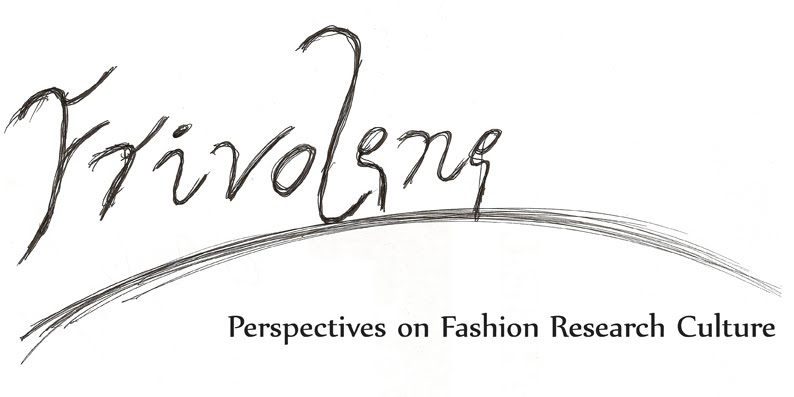
We will not be afraid to associate the arts with the most frivolous of fashions, since one ought to find Montesquieu and Racine alongside pom-poms and ribbons on a well-equipped toilet table.
Journal des Dames, 1761
Taken from Roche, Daniel, Trans. Jean Birrell, 1994, The Culture of Clothing: Dress and Fashion in the Ancien Régime, Cambridge: Cambridge University Press
Quote cited in Davis, Mary. E. Davis, 2006, Classic Chic: Music, Fashion and Modernism, Berkeley, Los Angeles, London: University of California Press. pp 6
I came across this quote while (re)reading the introduction of Mary E. Davis's excellent book Classic Chic: Music, Fashion and Modernism, a thoroughly researched treatment of the connections between fashion and music and their relationship to the emergence of modernism in early 20th Century Paris. Davis traces the links between France's emerging fashion press and its links with contemporary avant-garde music and performance. Famous names such as La Gazette du Bon Ton, Erik Satie, Paul Poiret, Coco Chanel, Igor Stravinsky, Ballets Russes, Jean Cocteau, Vogue, Pablo Picasso and Baron Adolphe de Meyer all play their part in the analysis of the interplay between the the seemingly disparate areas of art, fashion and music.
What intrigued me about this quote, and the book overall, is the realisation that many of today's 'innovations' in the fashion industry were actually made in the early 20th Century, and have now only been re-invented on a grander. more luxurious scale. Fashion brands such as Prada, Trussardi, Cartier, Louis Vuitton and Chanel, who have all become patrons of the arts in one form or the other, setting up foundations, hosting exhibitions or collaborating on product designs with artists, are merely following on from Coco Chanel who helped bankroll Ballet Russes productions or Paul Poiret's own art gallery, Galerie Barbazanges, housed adjacent to his couture house on the avenue d'Antin. At the same time, this quote reinforces how high-end avant-garde fashion magazines have always been dependent, and continue to rely, on the inclusion of content from the complimentary fields of art, music, architecture and film to assist in solidifying and supporting the so-called frivolity of their fashion spreads. Yet, perhaps perversely, as fashion seeks to become intellectualized, these other areas of creative expression seek to become more playful, envying fashion's ability to merge, and thrive upon, the popular with the exclusive.

No comments:
Post a Comment